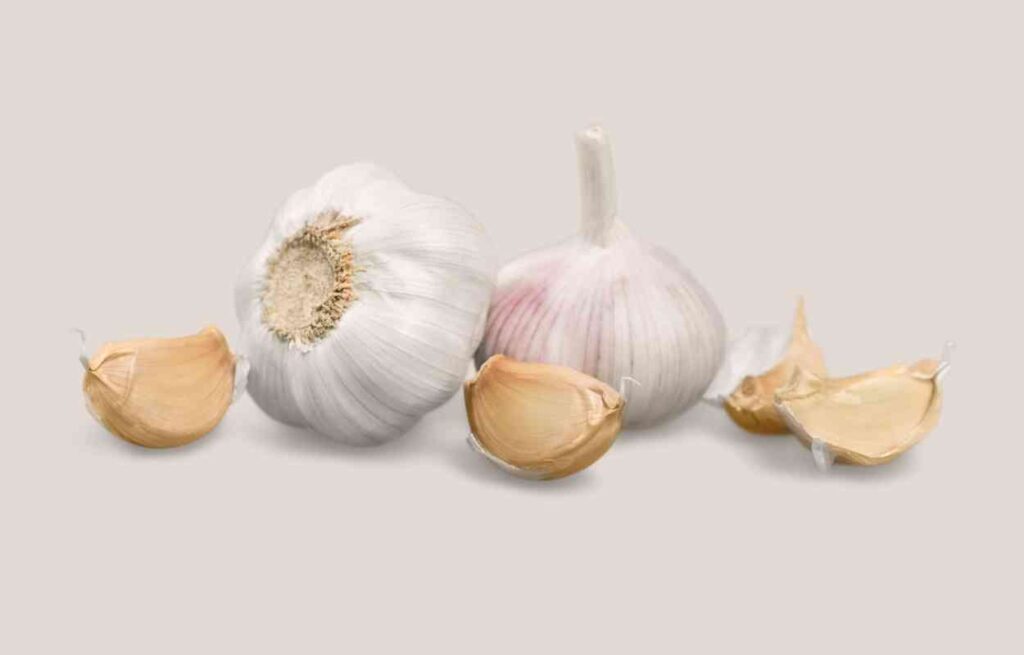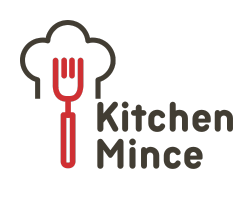Is Garlic Vegan-Friendly Ingredient?
Garlic – a versatile and beloved ingredient that has been a staple in kitchens worldwide for centuries. In the world of plant-based diets and ethical eating, this debate has sparked quite a controversy.
Some argue that since garlic is derived from a plant, it should be considered vegan. However, others raise concerns about the way garlic is cultivated and the potential use of animal products during its production process.
But here’s the burning question: is garlic vegan-friendly?
Garlic is generally considered vegan as it is derived from a plant and does not directly involve animal exploitation. However, some vegans may have concerns about potential animal-derived additives or practices involved in its cultivation and processing.
In this article, I aim to settle the debate once and for all. We’ll dive into the origins of garlic, explore its cultivation methods, and examine any potential animal-derived additives that might be lurking in this pungent bulb.

What Is Veganism?
Before we delve into the vegan-friendliness of garlic, let’s take a moment to understand what veganism entails.
Veganism is not only a dietary choice but also a lifestyle that seeks to exclude the use of animal products for ethical, environmental, and health reasons. Vegans abstain from consuming animal-derived foods such as meat, dairy, eggs, and honey.
They also avoid using products made from animal sources, including leather, fur, and cosmetics tested on animals. The core principle behind veganism is to minimize harm to animals and promote a more compassionate and sustainable way of living.
Understanding garlic and its uses
Garlic, scientifically known as Allium sativum, is a species in the onion genus. It is native to Central Asia and has been cultivated for thousands of years for its culinary and medicinal properties.
Garlic is known for its pungent aroma and distinct flavor, making it a popular ingredient in various cuisines worldwide.
It is used in both raw and cooked forms and can be found in dishes ranging from pasta sauces to stir-fries and soups. Garlic is not only valued for its taste but also for its potential health benefits, including its antibacterial and antiviral properties.
Garlic cloves are the most commonly used part of the plant. These cloves are typically peeled and either minced, sliced, or crushed before being added to dishes.
The flavor and aroma of garlic intensify when it is chopped or crushed, releasing a compound called allicin. This compound is responsible for the characteristic smell and taste of garlic.
Garlic Cultivation and Processing
To understand the vegan-friendliness of garlic, it’s important to explore how it is cultivated and processed. Garlic is primarily grown from cloves, which are planted in well-drained soil.
The growing process involves several stages, including planting, watering, fertilizing, and harvesting. Garlic is known to be a hardy plant that requires minimal pesticide use, making it an attractive option for organic farming.
During the cultivation process, garlic plants go through a natural growth cycle, which includes the development of bulbs. These bulbs are what eventually become the garlic cloves we use in cooking.
Once the garlic plants have reached maturity, they are harvested by pulling them out of the ground. The harvested bulbs are then left to dry, allowing them to develop their characteristic papery skin.
After drying, garlic bulbs can be stored for an extended period, ensuring a year-round supply. Some commercial garlic producers may apply treatments to extend the shelf life of garlic or enhance its appearance.
These treatments may involve the use of chemicals or waxes. However, it’s essential to note that these treatments do not typically involve animal-derived substances.
Is Garlic Considered Vegan?
Now, let’s address the burning question: is garlic considered vegan? The answer largely depends on how one defines veganism and what standards they adhere to.
From a strict botanical perspective, garlic can be considered vegan, as it is derived from a plant and does not involve the direct exploitation of animals.
However, some vegans argue that the cultivation and processing of garlic may indirectly contribute to animal harm or exploitation.
To determine the vegan-friendliness of garlic, we must examine the potential animal-derived additives or practices involved in its production.
It’s worth noting that garlic itself does not contain any animal products. However, there are a few considerations to keep in mind when it comes to the cultivation and processing of garlic.
The Arguments Against Garlic Being Vegan-friendly
One of the main arguments against garlic being vegan-friendly relates to the use of animal-based fertilizers or soil amendments during cultivation. Some farmers may choose to use animal manure or bone meal as natural fertilizers to enrich the soil.
While this practice is not exclusive to garlic cultivation and is common in organic farming, it raises concerns for vegans who aim to avoid any form of animal exploitation.
Another concern is the potential use of animal-derived pesticides or pest control methods in garlic farming. While garlic itself is known for its natural pest-repellent properties, additional measures may be taken to protect the crop from pests or diseases.
These measures could include the use of animal-based pesticides, such as those derived from insects or fish. Again, this practice is not specific to garlic cultivation but is a consideration for those seeking a vegan lifestyle.
The Arguments in Favor of Garlic Being Vegan-friendly
On the other hand, many argue that garlic can still be considered vegan-friendly due to the limited use of animal-derived additives in its cultivation.
While animal-based fertilizers and pesticides may be used in some cases, there are alternatives available that do not involve animal exploitation. Many garlic farmers opt for plant-based or synthetic alternatives to enhance soil fertility and control pests, ensuring a vegan-friendly approach to cultivation.
Furthermore, the use of animal-based additives during garlic processing is relatively rare. Garlic bulbs are typically dried and stored without any additional treatments.
While some commercial garlic producers may apply treatments to enhance the appearance or shelf life of the bulbs, these treatments are generally plant-based or synthetic and do not involve animal-derived substances.
Garlic alternatives for vegan cooking
For those who prefer to err on the side of caution or want to explore alternatives to garlic, there are several options available for vegan cooking.
One popular substitute is black garlic, which is made by fermenting regular garlic bulbs over a period of weeks.
This process results in a milder and sweeter flavor compared to raw garlic. Black garlic can be used in various dishes, providing a similar depth of flavor without the pungency of fresh garlic.
Another option is garlic-infused oils. These oils are made by infusing plant-based oils with garlic cloves, resulting in a concentrated garlic flavor.
Garlic-infused oils can be used as a substitute for fresh garlic in recipes and are particularly useful for those who have difficulty digesting raw garlic.
Tips for ensuring garlic is vegan-friendly
If you’re a vegan or someone who wants to ensure the garlic you consume is truly vegan-friendly, here are some tips to keep in mind:
- Look for organic garlic: Organic garlic is more likely to be cultivated using vegan-friendly practices and without the use of animal-based fertilizers or pesticides. Choose garlic that is certified organic to ensure a higher likelihood of adherence to vegan standards.
- Buy from trusted sources: Purchase garlic from reputable suppliers or farmers who prioritize sustainable and ethical farming practices. These sources are more likely to use vegan-friendly methods in the cultivation and processing of garlic.
- Grow your own garlic: If you have the space and resources, consider growing your own garlic. This way, you have complete control over the cultivation process and can ensure it aligns with your vegan principles.
Conclusion: Garlic’s place in the vegan diet
Finally, the vegan-friendliness of garlic has aroused discussion within the vegan community. While garlic is derived from a plant and does not contain animal products by nature, there are factors to consider about the growing and processing processes used.
Ultimately, whether garlic is considered vegan-friendly or not depends on an individual’s personal beliefs and standards. Some vegans may choose to include garlic in their diet based on the understanding that it does not directly exploit animals. Others may opt for garlic alternatives or seek out garlic that is cultivated using vegan-friendly practices.
As with any dietary choice, it’s important to make informed decisions and support practices that align with your values. Whether you’re a garlic enthusiast or a curious vegan, this article has provided you with the knowledge and considerations needed to navigate the debate surrounding garlic’s place in the vegan world. So, the next time you reach for that bulb of garlic in your kitchen, you can do so with a clearer understanding of its vegan status. Happy cooking!
